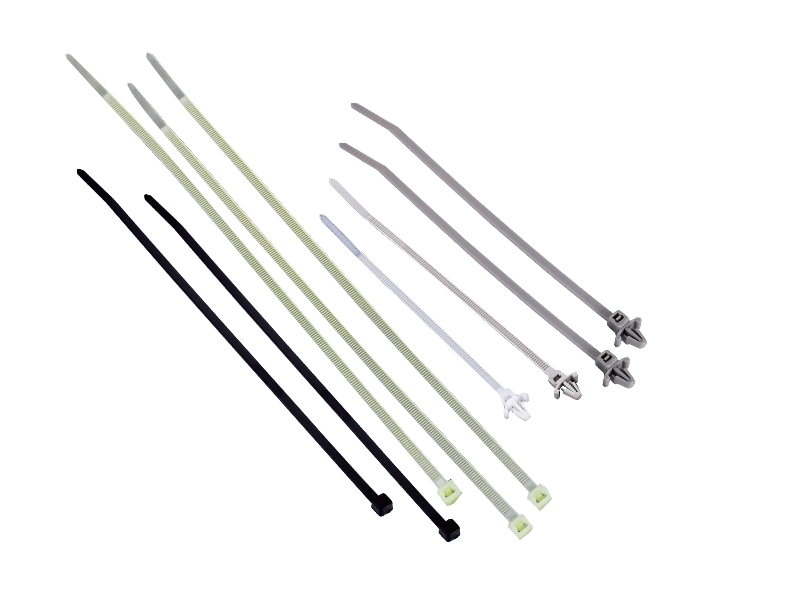Braided Tool: Technology and Applications
What is a Braided Tool?

Key Characteristics of Braided Tools
Enhanced Strength-to-Weight Ratio: Braided tools achieve 60-80% weight reduction compared to solid metal counterparts while maintaining 85-95% of the load-bearing capacity.
Damage Tolerance: The interlaced structure provides 300-500% better crack propagation resistance than laminated composites, with damage typically limited to 5-15% of the affected area.
Vibration Damping: The braided architecture exhibits 40-60 dB vibration attenuation across frequencies from 10-1,000 Hz, outperforming solid materials by 3-5x.
Thermal Stability: With coefficients of thermal expansion ranging from -1.0 to +5.0 × 10⁻⁶/°C, braided tools maintain dimensional stability across -50°C to +300°C operational ranges.
Fatigue Resistance: Testing shows 10⁷-10⁸ cycle lifetimes under cyclic loading at 70% of ultimate tensile strength, exceeding conventional materials by 2-3 orders of magnitude.
Application Scenarios
Aerospace Components: Braided tools are critical in aircraft assembly, where their 1.2-1.8 g/cm³ density and 200-400 GPa modulus make them ideal for fuel system maintenance tools that must operate in -55°C to +125°C environments while withstanding 15-25 kN operational forces.
Medical Devices: In surgical applications, braided neurovascular devices demonstrate 0.1-0.3 mm precision with 98.5-99.9% deployment accuracy, while braided orthopedic tools provide 50-70% reduction in surgical vibration transmission compared to stainless steel.
Energy Sector: For oil/gas applications, braided downhole tools withstand 10,000-15,000 psi pressures at 150-200°C, with 0.01-0.05% creep deformation per 1,000 hours of operation—performance metrics impossible with conventional materials.
Automotive Repair: Braided collision repair tools offer 30-50% faster cycle times due to their 1.5-2.5 kg weight (vs. 4-8 kg for steel), while providing 500-800 N·m torque capacity needed for frame straightening operations.
Maintenance Protocols
Cleaning Procedures: Use pH-neutral (6.5-7.5) cleaners at 20-40°C, applying 5-15 psi spray pressure. Avoid ultrasonic cleaning above 40 kHz as it may cause micro-delamination in the braid matrix.
Inspection Cycles: Perform visual inspections every 50-100 operating hours, with detailed NDT (Eddy Current or UT) at 500-hour intervals. Critical parameters include braid angle deviation (±2° tolerance) and resin integrity (>95% coverage required).
Lubrication Requirements: For moving components, apply NLGI Grade 1-2 lubricants with 0.1-0.3 μm particle filtration at 3-6 month intervals. Avoid petroleum-based lubricants that may degrade epoxy matrices.
Storage Conditions: Maintain tools at 40-60% RH and 15-25°C, using VCI (Volatile Corrosion Inhibitor) packaging when storing longer than 30 days. Avoid UV exposure exceeding 50 W/m² to prevent resin degradation.
Recalibration Standards: Follow manufacturer guidelines for dimensional recalibration, typically requiring ±0.01 mm accuracy verification every 2,000 cycles or 6 months, whichever comes first.




 English
English

